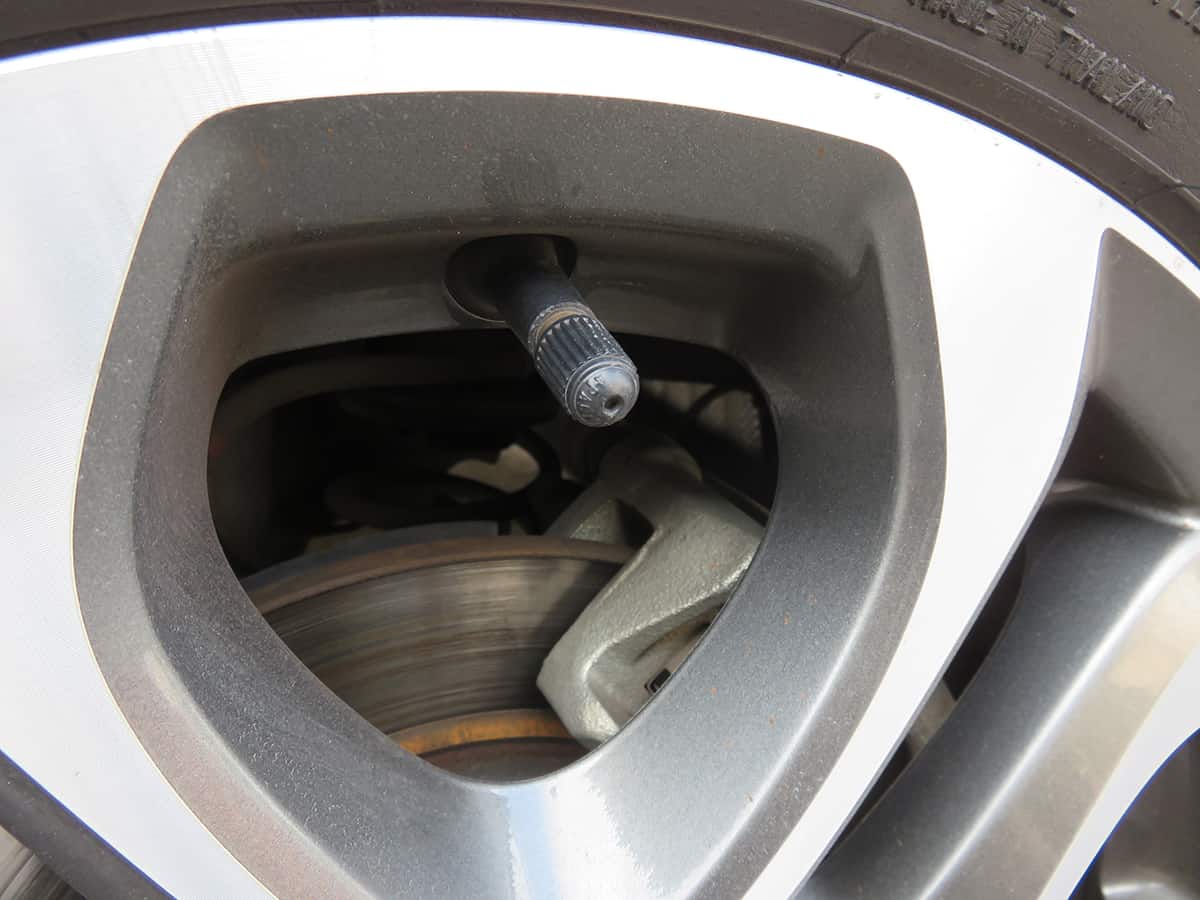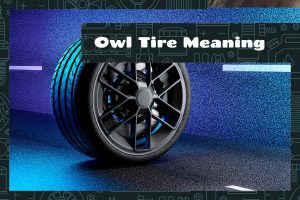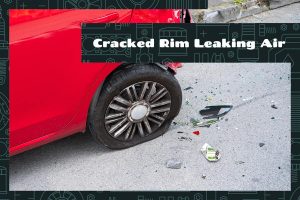Valve caps are the tiny covers you screw onto the valve stems on your tires, protecting them from dust, debris, and damage. Even though they seem insignificant, when these small pieces start to fail, they can lead to bigger problems.
You may notice the following symptoms of your car has bad valve caps:
- Unexpected tire deflation: The tire loses pressure often without any apparent punctures.
- Visible damage or missing valve cap: Cracks, chips, or a completely missing cap indicates a problem.
- Error codes from the Tire Pressure Monitoring System (TPMS): Your car alerts you about low tire pressure.
This guide will discuss the specifics of bad valve caps, including their function, identifying a failing cap, and exploring the remedies.
How Valve Caps Work
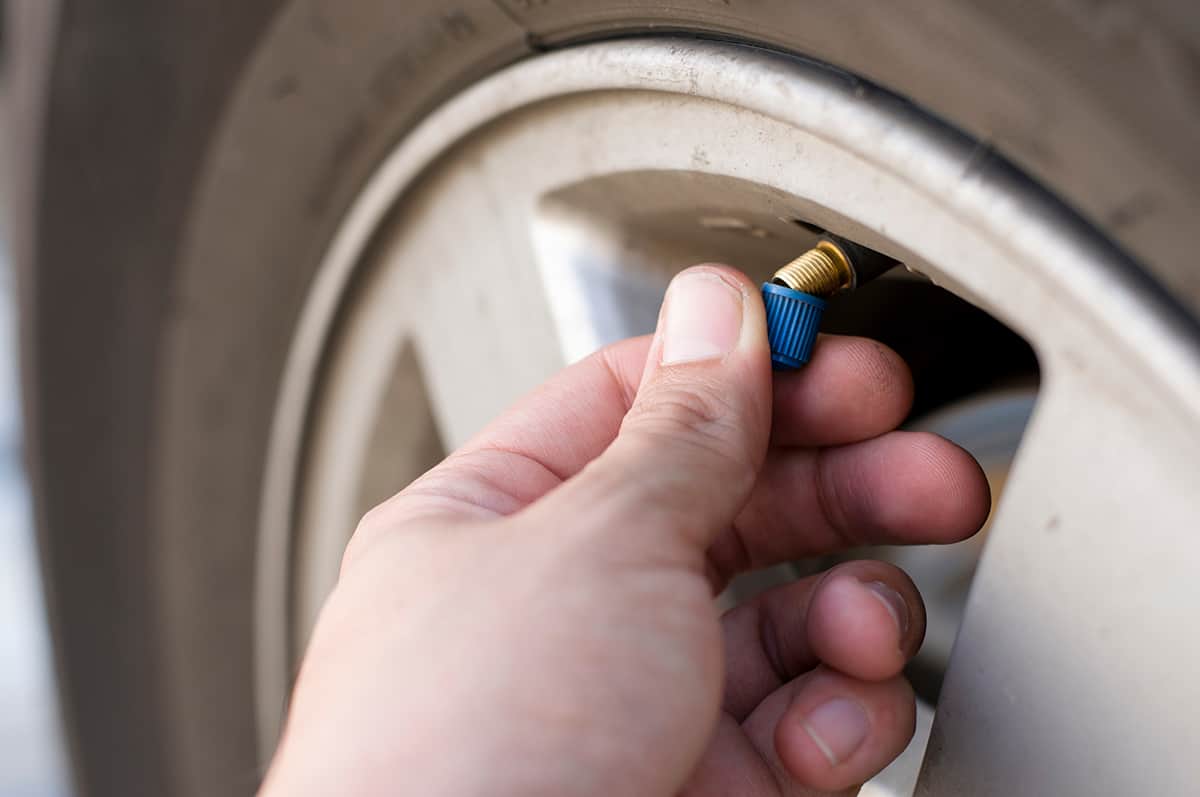
Essentially, a valve cap is a small cover that screws onto the valve stem protruding from your vehicle’s tire. It’s designed to protect the more critical tire valve, which keeps the tire inflated with the right amount of air pressure. The valve cap acts as a secondary seal, preventing air from escaping if the primary seal in the valve fails.
Manufactured from durable plastic or metal, valve caps are hardy and designed to withstand external elements. A good valve cap will have a rubber seal inside to further ensure the integrity of the seal. They come in a standard size that fits the majority of vehicles, making them a universal part across different types of cars.
Valve caps provide a critical line of defense against various external factors such as dirt, dust, and moisture. Road debris can easily lodge in the open valve, leading to a slow air leak or causing the valve to stick open. Similarly, moisture can freeze within the valve in colder climates, causing air loss or other valve issues. In this regard, the valve cap shields the more sensitive parts of the tire valve.
Identifying a Bad Valve Cap
A key aspect of car maintenance is knowing when there’s a problem. In this context, a failing or bad valve cap can give off certain signals that, if noticed, can save you from bigger issues down the line.
Common Symptoms of a Bad Valve Cap
Identifying a bad valve cap can be tricky, especially as some symptoms can be subtle or mistakenly attributed to other car problems. Here are some common signs:
- Frequent Low Tire Pressure: If you’re constantly finding a particular tire low on pressure, even after repeatedly filling it, a faulty valve cap could be the culprit. Air could be escaping due to the valve cap’s inability to provide a proper seal.
- TPMS Alerts: Your car’s Tire Pressure Monitoring System (TPMS) provides real-time information about your tire pressure. Frequent TPMS alerts can indicate a problem with your valve cap causing air leakage.
- Visible Damage or Missing Cap: Regularly checking your valve caps can help spot visible damage like cracks, breaks, or even completely missing caps.
- Deteriorated Caps: Over time, plastic valve caps can deteriorate due to exposure to elements. If the cap is difficult to remove or it crumbles in your hand, it’s time for a replacement.
Impact on Vehicle Performance
A faulty valve cap has direct implications on vehicle performance. Low tire pressure can make the vehicle harder to handle, which can be dangerous, especially at higher speeds. The ride quality may degrade, and the car may start to pull or drift toward one side.
Furthermore, your vehicle’s braking ability might be compromised. Tires with low pressure have less effective grip, which can increase stopping distances. Also, fuel efficiency can be negatively impacted. If your car is burning fuel faster than usual, a bad valve cap causing under-inflated tires could be the reason.
Causes of Valve Cap Problems
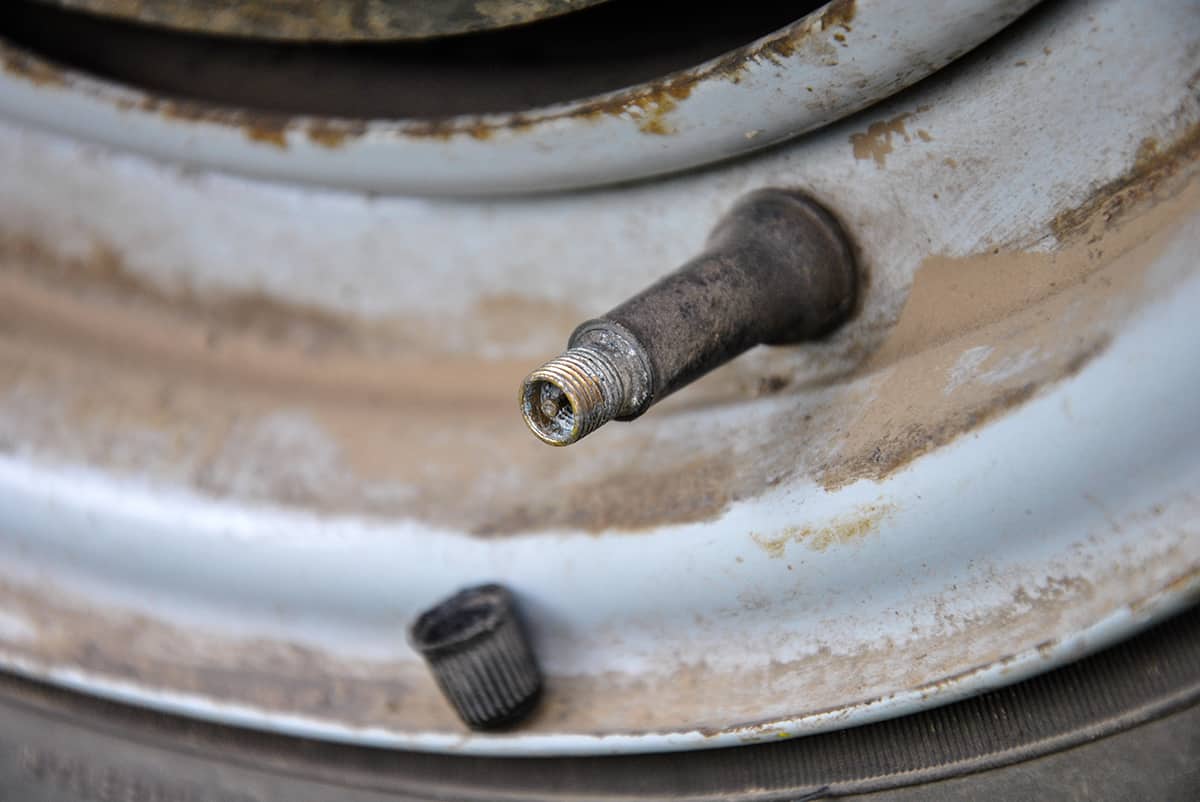
You don’t just need to understand the symptoms but also the root causes of valve cap problems. These issues can arise due to a variety of reasons, which will be explored in this section.
1. Age and Wear
Valve caps are subject to wear and tear over time. While they’re made to be durable, constant exposure to the elements and the rigors of the road can eventually take a toll. Plastic caps, in particular, can become brittle and break or deteriorate, losing their ability to provide an effective seal. Metal caps are not immune either; they can corrode over time, particularly if exposed to road salt in winter conditions.
2. Environmental Factors
Environmental elements can cause significant damage to valve caps. In cold climates, for instance, freezing temperatures can lead to caps getting stuck to the valve stem. If forced, these caps can break or damage the valve stem.
In regions where roads are treated with salt during winter, metal valve caps can corrode, which might cause them to seize on the valve stems. Dust, dirt, and road debris can also become lodged between the cap and the valve stem, potentially damaging the cap or the valve stem threads.
3. Poor Quality or Incorrect Valve Caps
While valve caps may seem like a small and inexpensive part of your vehicle, opting for poor-quality caps can lead to problems. Cheaper, low-quality caps may not provide a good seal, or they may deteriorate rapidly, failing to protect the valve stem effectively.
Additionally, using the wrong type of valve cap—for instance, using a cap designed for a different type of valve stem—can result in a poor fit and potential air leaks.
Solutions for a Bad Valve Cap
When you’ve identified a problem with your valve cap, you should also be aware of the available solutions. This section will guide you through various remedies and preventative measures to ensure your vehicle’s performance isn’t compromised due to faulty valve caps.
1. Valve Cap Replacement
The most straightforward solution to a bad valve cap is to replace it. Valve caps are inexpensive and easily available at any auto parts store. When replacing, ensure you choose a cap that is suitable for your car’s valve stem. Plastic caps are commonly used, but you might consider metal caps for their durability, although be mindful of potential issues with corrosion in certain climates.
While it might be tempting to save a few dollars on a seemingly insignificant part like a valve cap, investing in high-quality caps can pay off in the long run. Good-quality caps will provide a better seal and will generally be more durable, protecting your valve stems more effectively.
Replacing a valve cap is simple. Unscrew the faulty cap and replace it with a new one. Be careful not to overtighten it, as this can damage the valve stem threads.
2. Valve Stem Replacement
In some instances, the issue might not be the cap itself but the stem. If the valve stem is leaking or damaged, or if the threads have worn out, you might need to replace the valve stem. Valve stem replacement is a more complex process than cap replacement, often requiring professional help. In many cases, the tire needs to be removed from the wheel to replace the stem.
3. Inspection and Maintenance
Prevention is better than cure, as the saying goes. Regularly inspect your valve caps for signs of damage or wear. Check the caps whenever you check your tire pressure, which should ideally be at least once a month.
Also, be sure to replace the valve caps immediately after inflating or checking the tire pressure. Even a short time without the cap can allow dirt or debris to enter the valve stem, leading to potential leaks.
